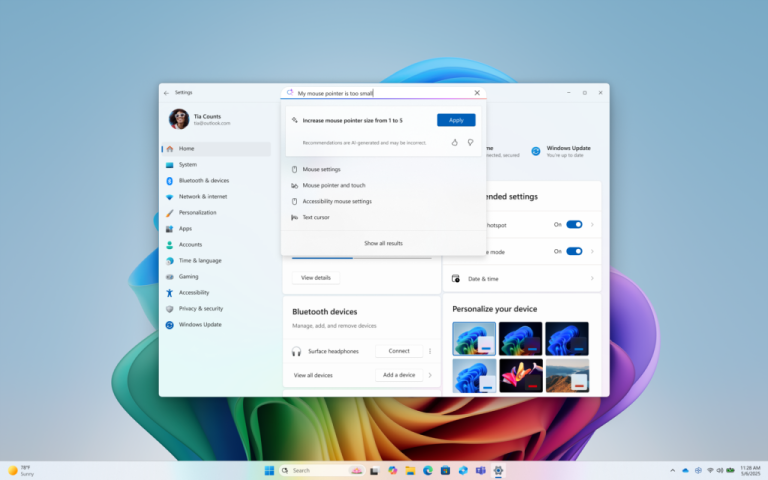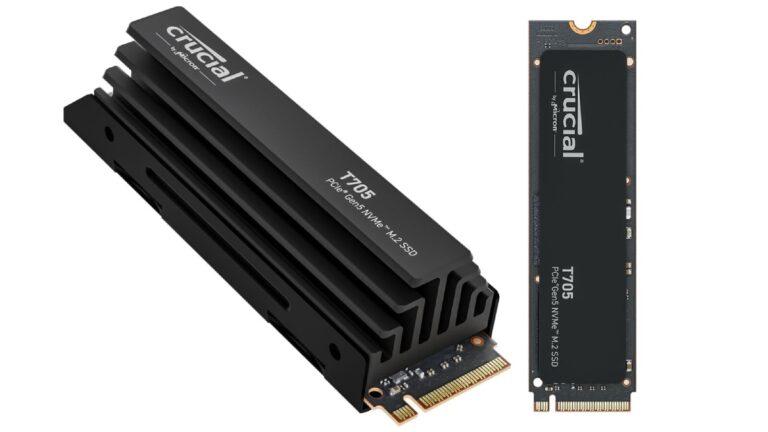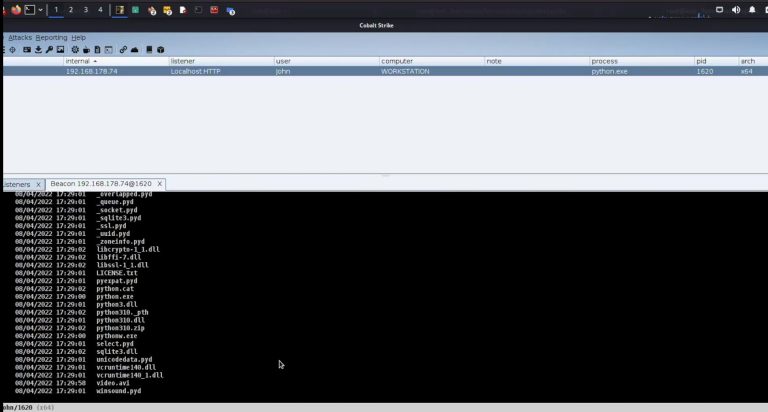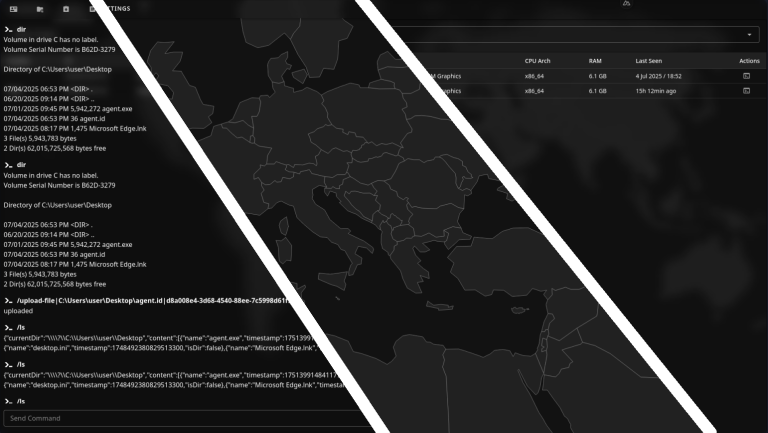
At last year’s “Advancing AI” event, AMD unveiled the Ryzen 8040 series of mobile processors, codenamed “Hawk Point,” employing TSMC’s 4nm process technology. The CPU and GPU architectures remain unchanged, continuing with the original Zen 4 and RDNA 3, respectively. However, the Ryzen AI has been rebranded as an NPU, persisting with the XDNA architecture to deliver enhanced computational power.

As AI PCs increasingly captivate users, the demand for system monitoring tools has surged. Previously, Windows 11’s Task Manager was upgraded to monitor Intel’s Meteor Lake NPU, displaying real-time data on utilization, memory usage, and more. Recently, AMD confirmed its collaboration with Microsoft to enable the Microsoft Compute Driver Model (WCDM) on the Ryzen 8000 series NPU, facilitating the use of existing GPU management capabilities, including scheduling, power, and memory management, as well as performance tuning with tools like Task Manager.
AMD articulated that monitoring NPU usage is invaluable for laptop users, allowing them to track resource allocation and system component load in real time. This aids in more efficient power management, such as by regulating certain workloads or adjusting power settings to maximize battery life.
In the grand scheme, integrating NPU tracking into the Task Manager reflects Windows’ evolutionary trajectory to accommodate the growing complexity of PCs. Over the past decades, Microsoft has incrementally expanded the range and type of system components it can monitor. Adding NPU support to the existing suite of CPU, GPU, storage, and network monitoring enhances the utility of the Task Manager and signals to developers the future significance of such devices.
AMD has not disclosed when Microsoft will release the corresponding Windows Task Manager update, which might coincide with the upcoming major Windows 11 24H2 update.






